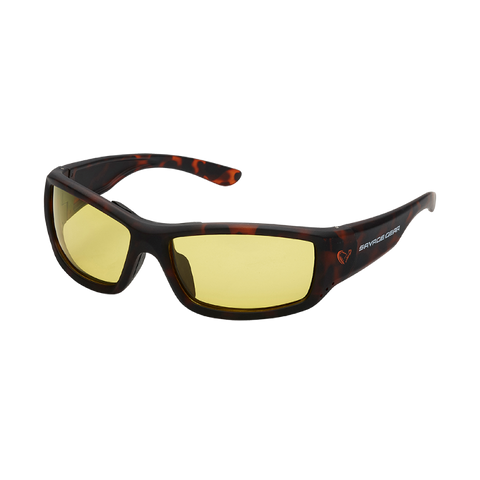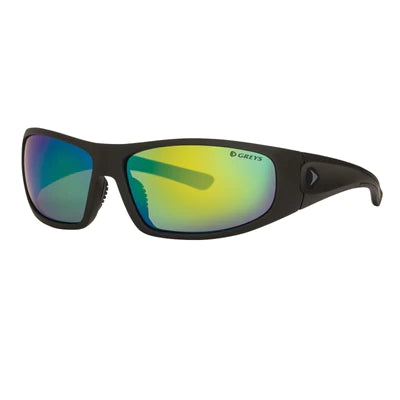FAQ: Choosing Sunglasses - Which Colour Lens?
One of the most frequent questions we at OpenSeason.ie get asked is “What’s the difference between different lens colours?”, followed by “Does it make any difference what pair I choose?” So we thought we’d try to answer these questions. We hope you find it interesting!
Sunglasses are an essential accessory for protecting our eyes from the harmful effects of the sun's UV rays. However, not all sunglasses are created equal, and choosing the right pair is crucial to maximise their effectiveness in different light conditions and activities.
But before we start talking lens colours, can first bang on about polarisation? We only ever stock Polarised Sunglasses here at OpenSeason.ie – for the simple reason that they are the single most effective way to cut glare, improve colour contrast and depth perception, and reduce eye-strain from squinting. They work by blocking horizontally-polarised light, which is the main source of sun-glare and as such are ideal for outdoor sporting activities (fishing, hunting, boating, skiing), but also farming, golf, driving, etc. You’ll see cheap and expensive sunglasses for sale all over the place every summer – in our humble opinion, if the swing-tag doesn’t specify “polarised”, then don’t waste your money! ALL of the sunglasses for sale on our online store and in the shop are polarised.
Now, onto lens colours. Believe it or not, the colour of your lenses is more than just a question of looks, fashion or personal taste. Each colour works best in different light and weather conditions, so we’ll go through these now:
Brown/Amber Lenses
Brown/Amber lenses improve contrast, making them ideal for fishing, as well as hunting, driving, farming, horse racing, golfing or boating, as they heighten contrast against water, green landscapes or blue skies. At OpenSeason.ie, Brown/Amber tends to be our best-selling lens colour.

Black Lenses
Black lenses are also very popular, as they have that cool, classic look. They are ideal for very sunny conditions and provide the highest level of shade, making them ideal for people whose eyes are super-sensitive to very bright light. They work for a wide range of activities, from driving and cycling to beach trips and outdoor sports. However, it is worth noting that black lenses may not be suitable for low-light conditions, as they can make it difficult to see in darker environments.

Grey/Smoke Lenses
Grey lenses are suitable for both cloudy and sunny days. Dark enough to provide good protection from glare, grey lenses also provide the best colour-perception of all the lens colours, making them the ideal choice for nature watchers, but also great for a whole range of outdoor activities, including driving, tennis, football, soccer, etc.

Blue Lenses
Blue tinted lenses enhance contours around objects and improve overall colour perception, while also bringing a calming effect on the eyes. They are ideal for snowy conditions, water sports or sunny outdoor sports (practitioners or spectators), as they cut glare significantly. Blue are also good in low-light, misty, foggy and snowy conditions.

Yellow Lenses
Yellow lenses, as well as looking distinctive, are particularly suitable to those wishing to focus on moving objects in low-light, hazy weather conditions. They are often used by pilots, cyclists, mountain bikers, as well as skiers, hunters and tennis players. Like Blue lenses, this shade is particularly useful in fog, haze and other lower-light conditions, as it provides superior contrast.

Green Lenses
Sunglasses with green lenses provide better contrast than gray lenses and transmit color accuracy better than brown lenses and are ideal for both sunny and low-light environments. Perfect for water or field sports, cycling or skiing, green lenses protect and comfort your eyes on foggy, cloudy, or bright, sunny days.

So, hopefully you have all of the information you need to make the best choice for your activity and likely weather/light conditions! Be sure to take a look at our great range of Polarised Sunglasses, which come in a range of lens colours and are ideal for any activity you may get up to this summer.
https://www.openseason.ie/collections/sunglasses
Enjoy the summer, whatever you get up to!
Kevin & Loraine
All rights reserved
Updated March 2024

















